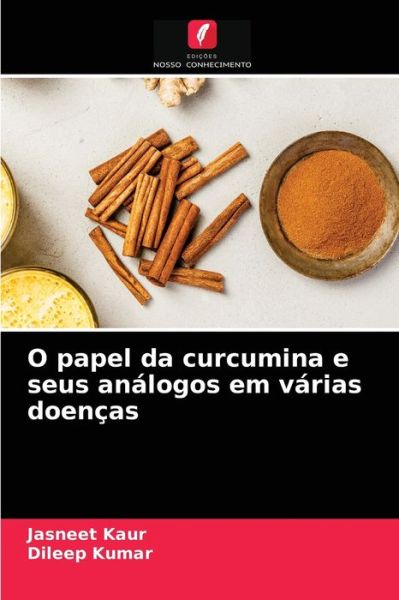
Tell your friends about this item:
Role of curcumin and its analogues in various diseases
Jasneet Kaur
Role of curcumin and its analogues in various diseases
Jasneet Kaur
Curcumin is a bright yellow chemical produced by Curcuma longa plants. It is the principal curcuminoid of turmeric (Curcuma longa), a member of the ginger family, Zingiberaceae. It is sold as an herbal supplement, cosmetics ingredient, food flavoring, and food coloring. Chemically, curcumin is a diarylheptanoid, belonging to the group of curcuminoids, which are natural phenols responsible for turmeric's yellow color. It is a tautomeric compound existing in enolic form in organic solvents and in keto form in water turmeric is a spice that has received much interest from both the medical/scientific worlds as well as from the culinary world. Turmeric is a rhizomatous herbaceous perennial plant (Curcuma longa) of the ginger family. The medicinal properties of turmeric, the source of curcumin, have been known for thousands of years; however, the ability to determine the exact mechanism(s)of action and to determine the bioactive components has recently been investigated.
| Media | Books Paperback Book (Book with soft cover and glued back) |
| Released | March 15, 2021 |
| ISBN13 | 9786203574029 |
| Publishers | LAP Lambert Academic Publishing |
| Pages | 56 |
| Dimensions | 152 × 229 × 3 mm · 102 g |
| Language | English |







